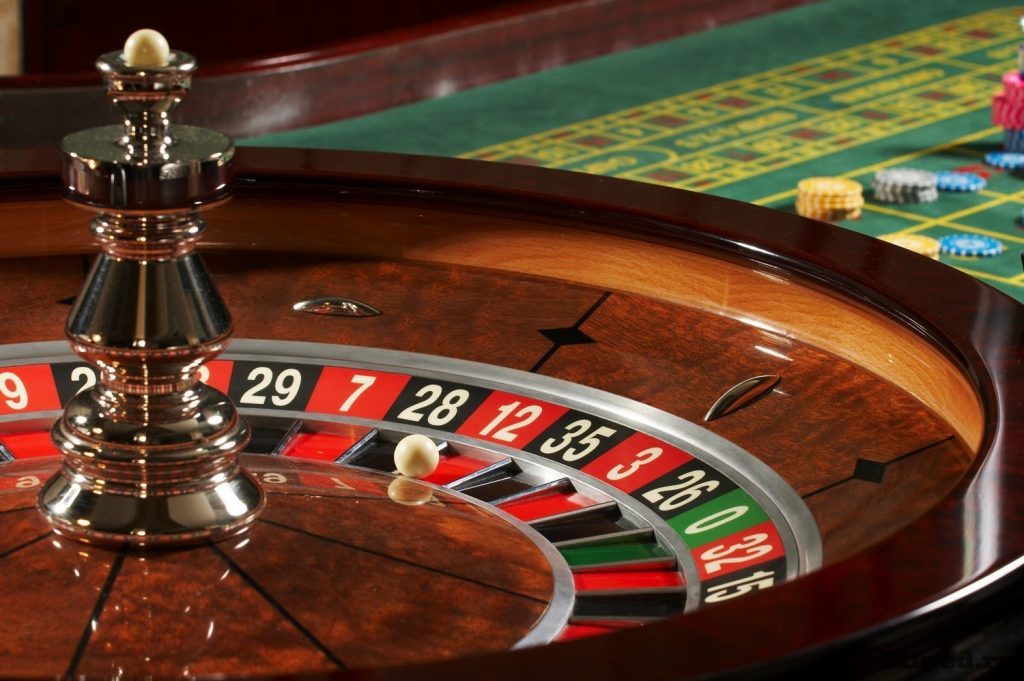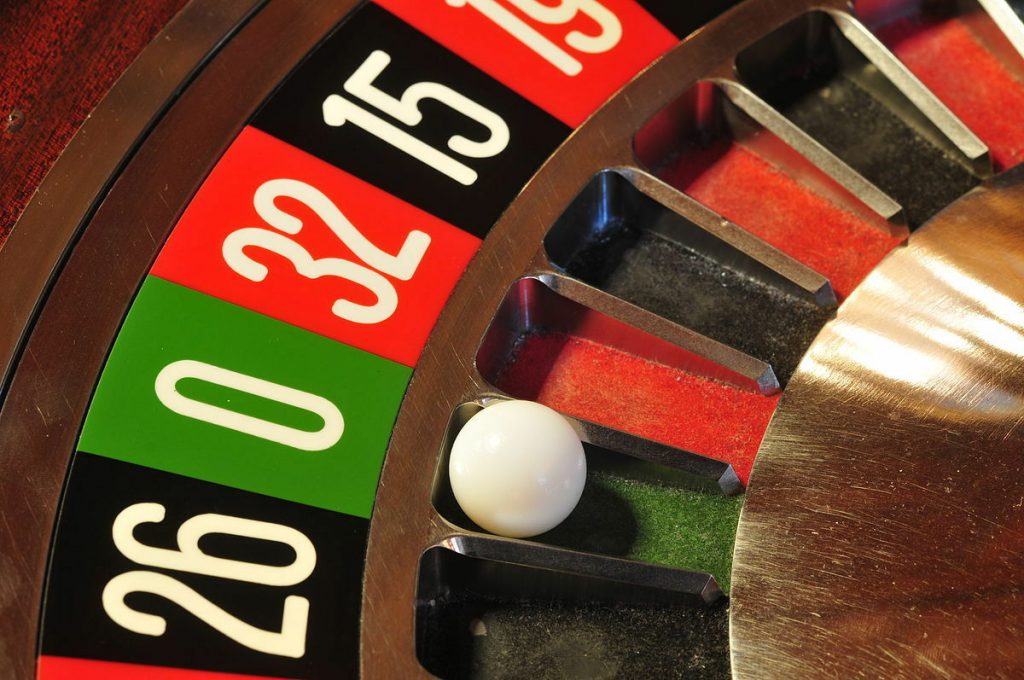Get ready to trace the 400-year history of roulette. On this page we will go back in time to discover the first roulette ever and follow all the most important evolutionary stages that have brought this great casino classic up to the present day, keeping it in perfect health and, indeed, to date in the full of its popularity. We therefore advise you to continue reading, you will get to know your favorite game better!
Origins of the game: the different theories

The origins of the game, as often happens in these cases, are not 100% clear. Some theories find its progenitor in the medieval “Rota Fortunae”, other hypotheses, actually the most likely, see instead in the biribisso, which appeared in Italy in the seventeenth century, the most likely ancestor. The characteristics of the latter are in fact very similar to those of roulette. We will see them in detail in a specific paragraph that we have decided to dedicate to it, if only because – at least from our point of view – it results as the most accredited progenitor in contention, among a list of conjectures that are rather varied.
Another hypothesis seriously considered by historians traces a further ancestor of roulette to the British game Even/Odd, characterized only by two possible types of bets (Even/Odd – Odd/Odd) and by a rudimentary cylinder with a rotating plate divided into 42 sectors. It was described for the first time in 1742 by the English writer and first theoretician of card games Edmond Hoyle, but legends say that it has been in vogue in Anglo-Saxon territory since Roman times.
Opinions as well spread attribute the origin of roulette to physicist Blaise Pascal, a prominent figure of the scientific world and French mathematician, inventor of the first rudimentary forms of mechanical calculators as well as author of many studies on probability, a subject never dealt with before him at least in relation to gambling. It seems that he also wrote a famous treaty entitled “L’Histoire de la Roulette”, while studying the functioning of cycloids. Last but not the least contribution is the one related to his experiments on perpetual motion: in fact it is believed that roulette is, in a primitive form, one of his failed experiments within this particular research.
The ancestor of the Italian roulette: the biribisso

As we have already mentioned several times in the course of this page, one of the most accredited hypotheses in merit to the origins of the roulette sees the Italian territory like the ludic cradle that has furnished the Christmases. The already cited biribisso, game from which it seems with all probability to descend, introduced in effects several characteristics to it accomunabili, beginning from the 36 numbered squares that composed the chessboard, ciascuna characterized from one various illustration and from a specific number. Further elements of continuity between the two ludic articles can be found in the typology of the bets that can be made on both: different possible numerical combinations or alternatively single numbers, these last ones extracted by a banker in charge of regulating the games just like an actual croupier. The game took hold in Italy already in 1665 in the Duchy of Savoy and remained very popular in our parts until its abolition at the end of the eighteenth century.
The birth of today’s roulette
Following the abolition in the republics and in the Italian duchies of the biribisso, it was in a sense imported into France where it was initially called Biribe, before evolving permanently in roulette that we all know today and earn undisputed fame in the first French casino, established in Paris in the Palais-Royal. The official year of birth of today’s roulette is however universally considered to be 1796, while already in 1802 the writer Jacques Lablèe speaks about it in his work “Roulette, ou histoire d’un joueur”.
